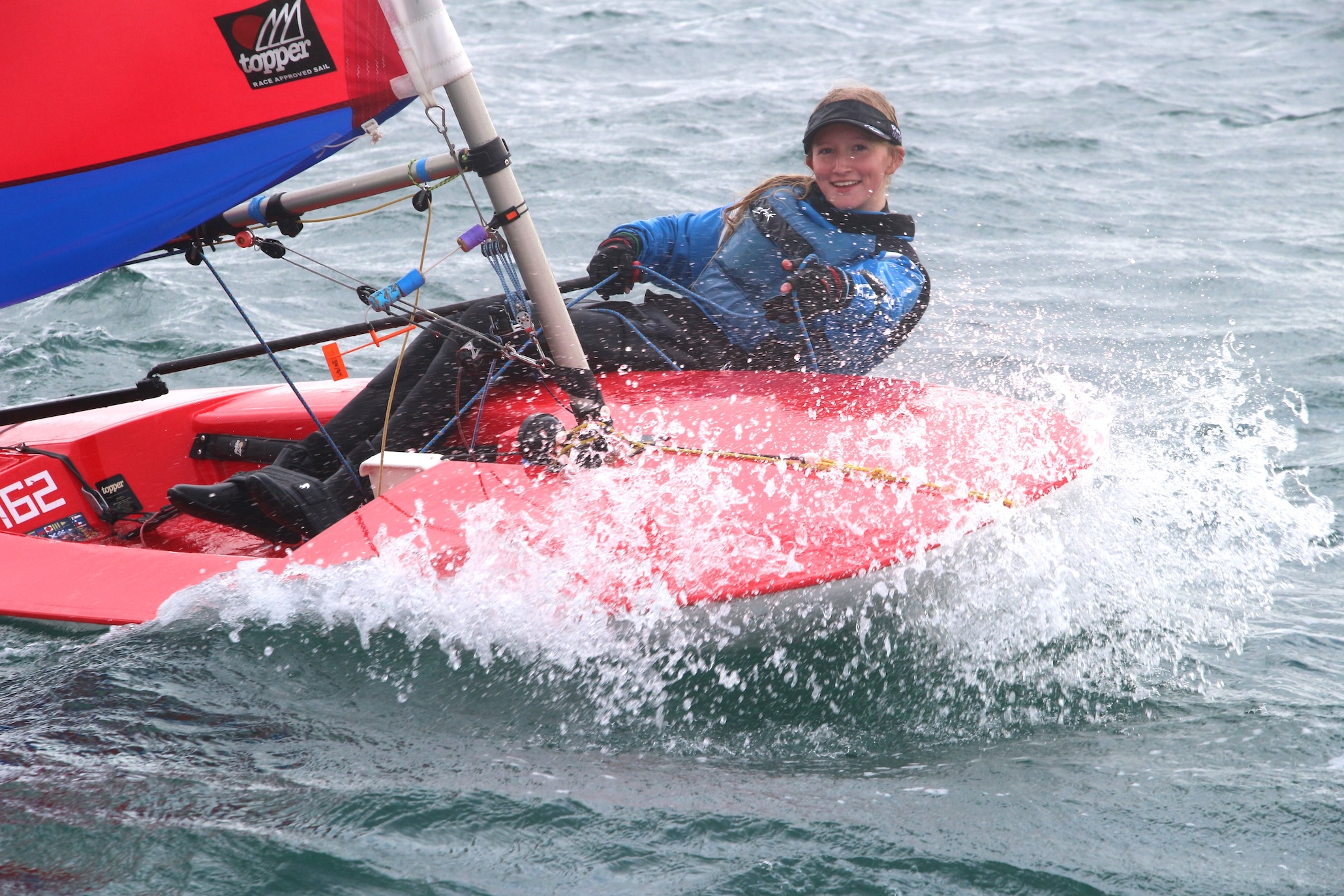
Why you’re never too old to try hearing aids
July 10, 2018
SpeakSee: What you need to know about this transcription device
July 16, 2018A deafie takes on the World Cup 2018

I recently had an opportunity to attend the World Cup and as a deafie I am happy to report that FIFA and Russia did an incredible job to make sure the event was inclusive and accessible to all.
Beyond that, it was the camaraderie of the attendees that made it the experience of a lifetime!
The World Cup, next to the Olympics, is perhaps one of the only events that brings people together from all over the world. This means different languages, backgrounds, socioeconomic statuses, abilities, and disabilities. It’s somehow the one time all of those differences are eliminated, and everyone is there for one common purpose: to witness and be a part of the world’s favorite sport.
Fan to fan communication
That being said, the issue of communication by spoken word became a non-issue. All parties in Russia spoke different languages, so hearing or not, we all had to figure out other ways to communicate with one another.
Everyone, I mean everyone, was hugely expressive in visual ways. They would hug each other, jump up and down, smile. And the best part? This was still the case for most fans, even if their team lost. They would congratulate each other with handshakes and kisses on the cheeks. People pridefully still wore their team’s jerseys days after defeat, and nobody gave anybody a hard time about it.
Read more: How body language helps you communicate
All around, inside the stadiums, inside the FIFA FanFest, and the city in general, you could feel and see the passion of these fans, and you could tell everyone felt completely comfortable.
Being hard of hearing means not always hearing or understanding the team cheers, but as I mentioned, here it was not an issue.
Everyone just shouted and cheered whatever they felt like cheering and without having to worry about others judging you. Luckily for me and thanks to my hearing aids, I could hear the passion and emotion in the unidentifiable cheering.
“Luckily for me and thanks to my hearing aids, I could hear the passion and emotion in the unidentifiable cheering.”
You can’t help but smile at the excitement everyone expresses, and everyone did their part to make sure those around them experienced and felt these emotions. Take, for instance, this story of some Colombian and Mexican fans lifting an Egyptian fan (in a wheelchair), so he could see the screen and massive amounts of people screaming and jumping up and down around him.
Similarly, Russia and FIFA took care to incorporate signs that were universal to all (i.e. arrows). These signs were clearly marked enter/exit paths, ramps/elevators, and audio cues that could adhere to all ‘disabilities’. And in case you missed it, they have recaps of all games thus far in international sign language on the FIFA.com.
Read more: A Deafie’s Guide to Soccer’s Biggest Event: World Cup 2018
Oh, and for some more sign language meets World Cup love, can we talk about this adorable video of a young England fan performing the Three Lions classic song?
This way of experiencing communication beyond limitations is such a refreshing feeling and one that I think many around me appreciated as well.
Soccer truly is a universal language. I guess you can say that’s why they call it ‘the beautiful game’!
Tune in Saturday, July 14th for the 3rd place playoff between England and Belgium and Sunday, July 15th to watch Croatia take on France in the World Cup finals!



